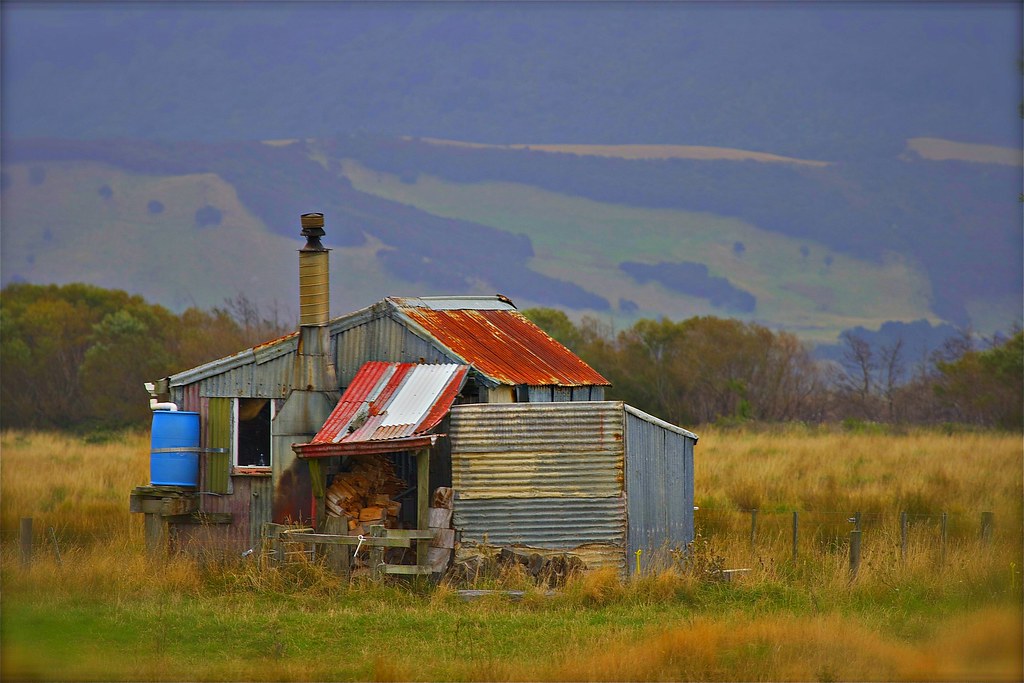I attended Jane Dunnewold's Dye workshop at the Pacific Northwest Art School in Coupeville. Jane took us through many different dyeing techniques. I picked up lots of valuable tips to fine tune my dyeing practice and I was able to correct the bad habits I had developed over the years.
The first exercise was to dye cloth to make a colour wheel. Jane talked about the importance of making a colour wheel that was our own personal 'colour constant' - a reference check for all colours produced. I use Joan Wolfram's 3-in-1 Color Tool but it is printed on paper. I have put on my 'To Do' list to make a cloth one.
We worked with thickened Procion MX dyes. Here are 2 different cloth samples batching. A lesson learned was: take to workshops my best fabrics for the exercises. I had taken several used 100% cotton bedsheets and got some disappointing results. I suspect one wasn't true to label and there was some polyester spun in with the cotton thread. It did not take the dye well. When the base cloth is inferior for the job it is very difficult to assess the results of the other dyeing variables.
Pots were set up outside for silk dyeing.
It was such a warm breezy day the conditions were most pleasant for working outside. I dyed all the silk I brought with me.
Shibori and random scrunch resist techniques with results that could be achieved within minutes.
Jane demonstrated many unique techniques she has developed over the years and left us lots of time to experiment with whatever we wanted. She created such an atmosphere that for me it was low stress and intensive at the same time. I felt tired at the end of each day and so keen and energised at the beginning of each day.
Jane is thinking of offering her 'Complex Cloth' course again, after a hiatus of several years. It was this course coupled with her book 'Complex Cloth', plus her own output that played a major role in a better understanding of surface design in the art world.
So keep your feelers out for 'Complex Cloth' and 'run-don't-walk' to sign up.





















































